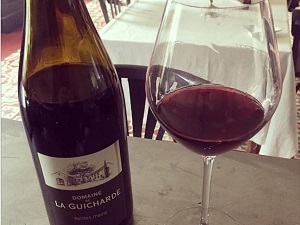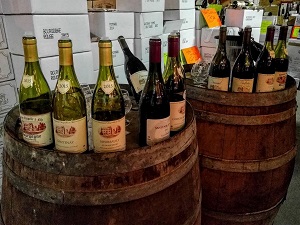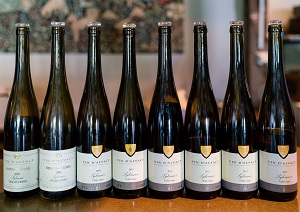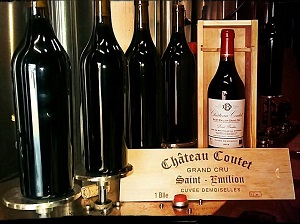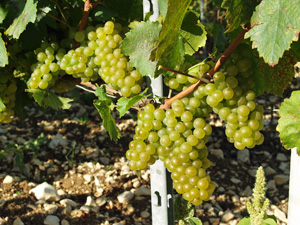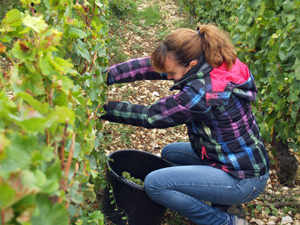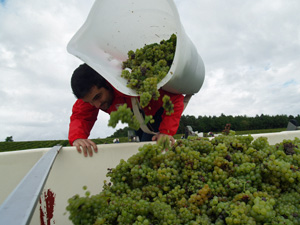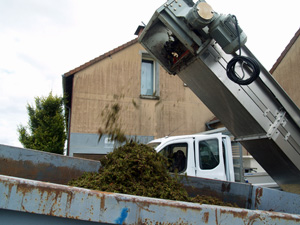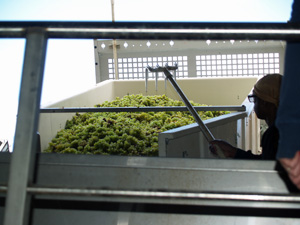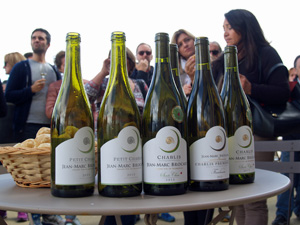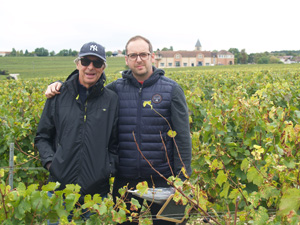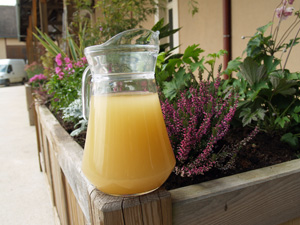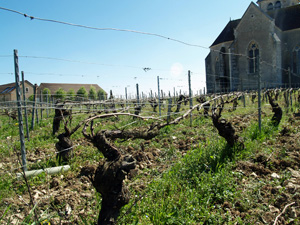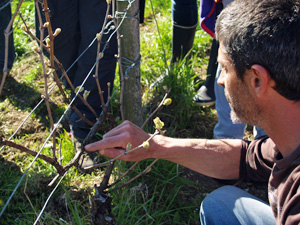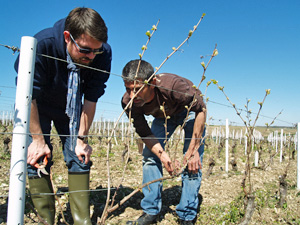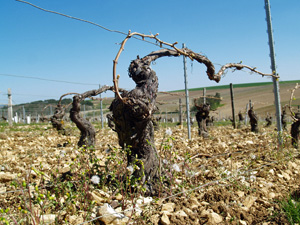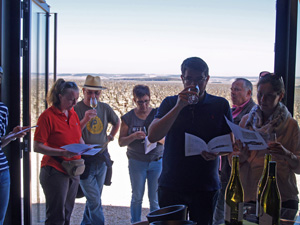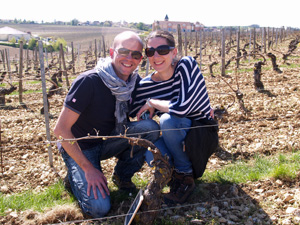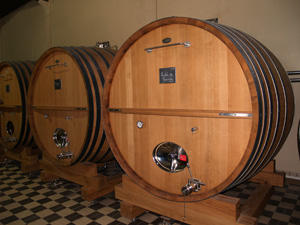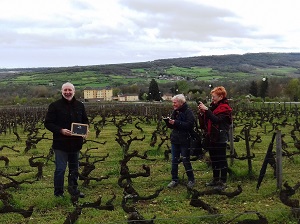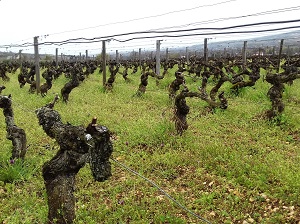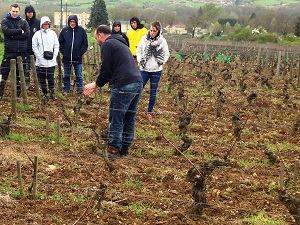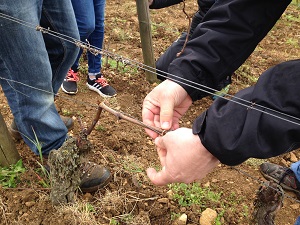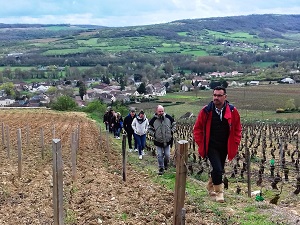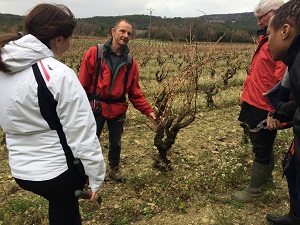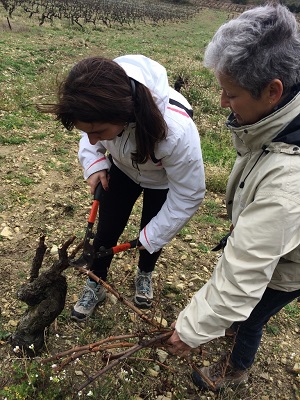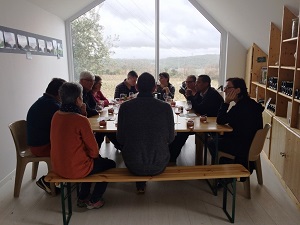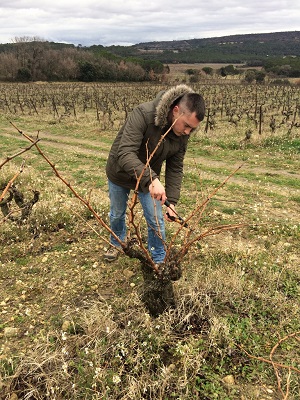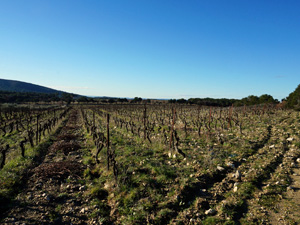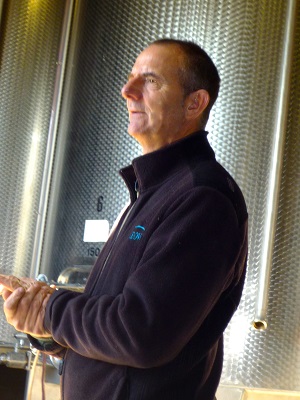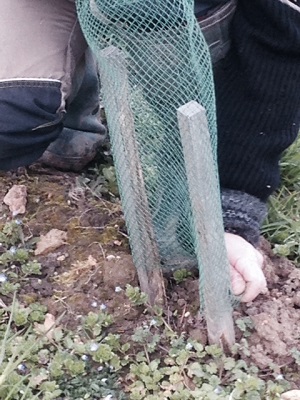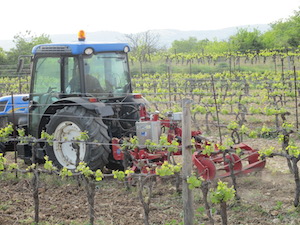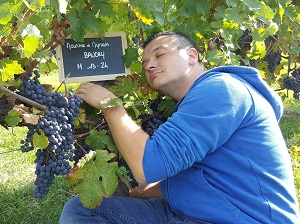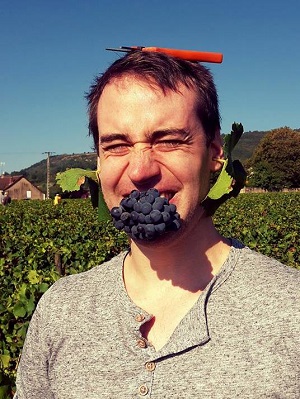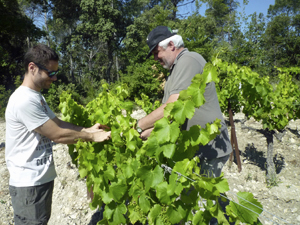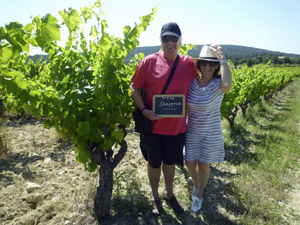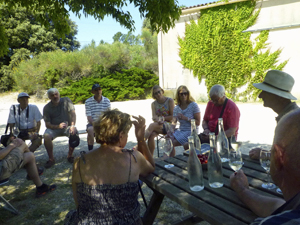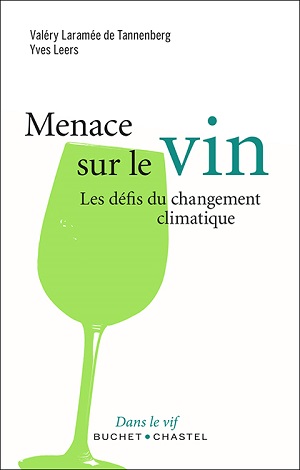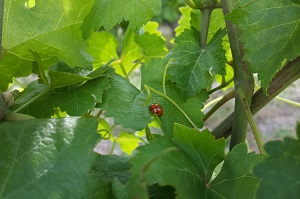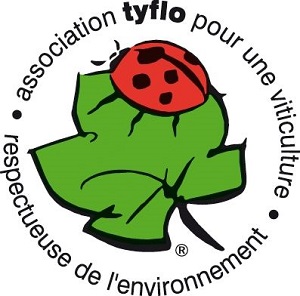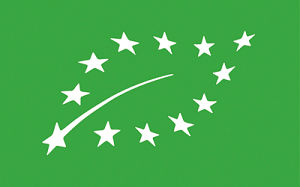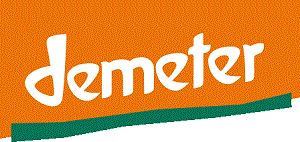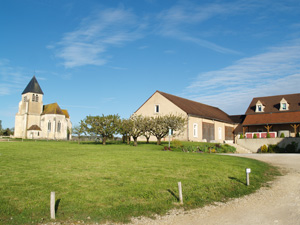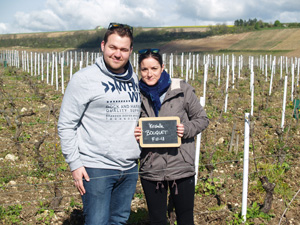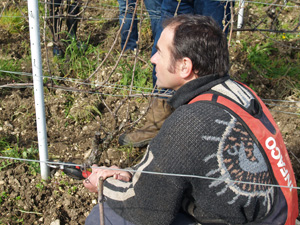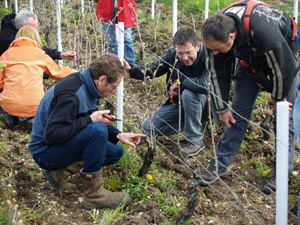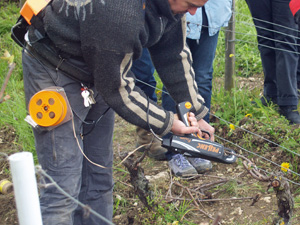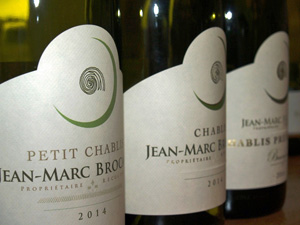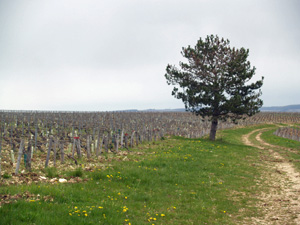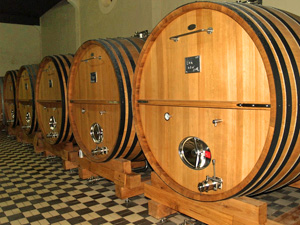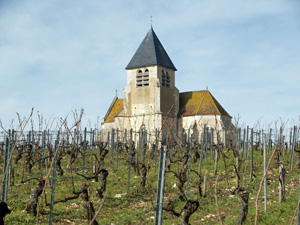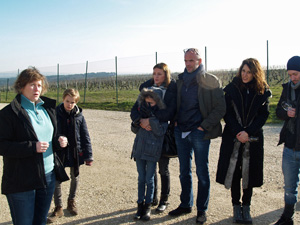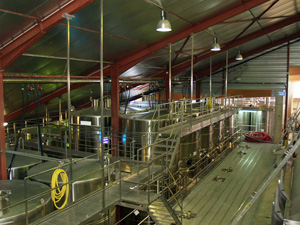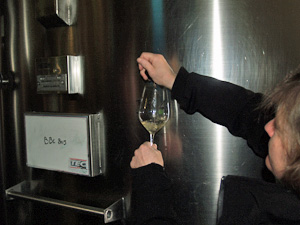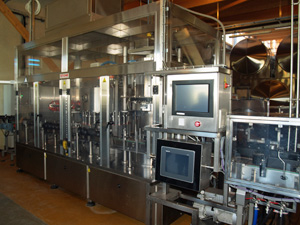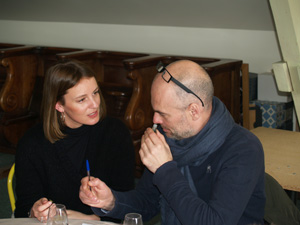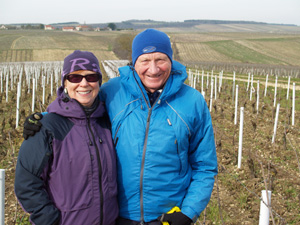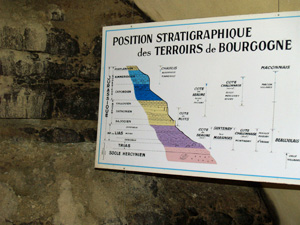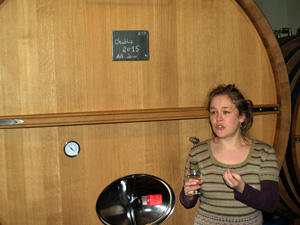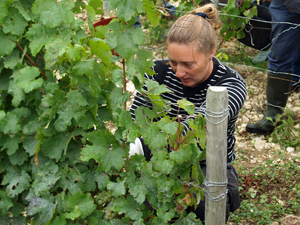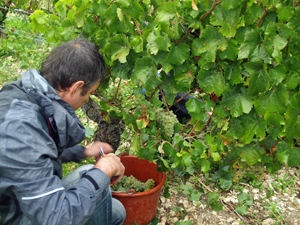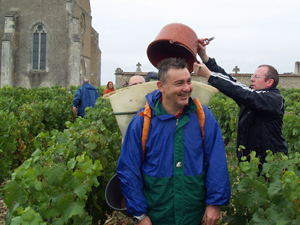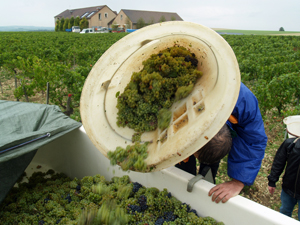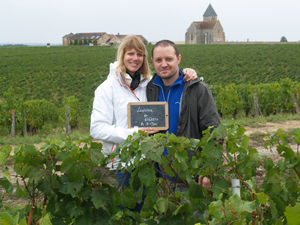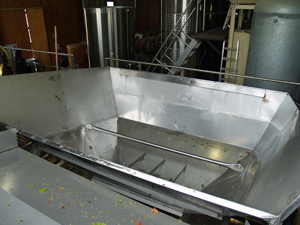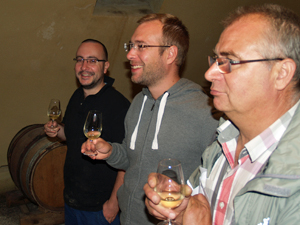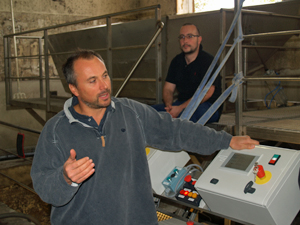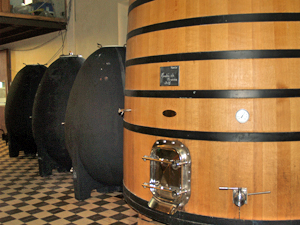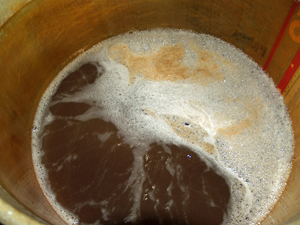The frost in the beginning of the year
The beginning of 2017 was fairly cold with regular rainfall to build up good levels of water reserves in the vineyards. Spring however was much harsher on the winemakers, with many of France’s wine-growing regions hit by frost at the end of April.
Our partner wineries in the Languedoc, Bordeaux, Loire Valley, Burgundy and Alsace reported alarming news about vines that had been damaged by frost in their regions, but fortunately they were spared or only lightly impacted thanks to different ways that they work to protect against the frost.
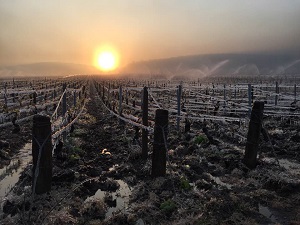
The end of spring and the beginning of summer were then sunny in most of the regions, allowing the vines to flower without too much coulure and for the vegetation to grow well. By the end of June, most winemakers were already predicting an early harvest such as at Domaine la Cabotte in the Rhone Valley or at Domaine Chapelle in the Côte de Beaune.
The summer drought
The following summer months were generally very hot and dry, with virtually no rain in most of the regions. A few showers in July in the Loire Valley and in Burgundy, and in the beginning of September in Saint-Emilion enabled the vines to grow and the grapes to mature nicely.
Elsewhere, not only were the days extremely hot, but the nights too, causing hydric stress in the vines from August onwards. This meant that the grapes were small and they quickly saw the sugar concentration levels rise in the south and east of France, indicating an early and small harvest.
The advantage of the hot and dry weather was the very small amount of fungal disease in the vineyards. No mildew or odium of any significance, and so much fewer treatments were needed. Alsace reported some fruit fly, but by picking the grapes earlier, they didn’t have time to affect the quality of the grapes.
The 2017 harvest
The high level of sugar concentration and the small amount of juice, combined with the early véraison when the grapes change colour, meant that the start of the harvest was exceptionally early this year.
Our partners at Domaine Allegria in the Languedoc and at Domaine la Cabotte in the Côtes du Rhône wine-growing regions opened the harvest on the 16th and 25th August respectively. Just behind them, and much rarer for these regions, were Domaine Stentz-Buecher in Alsace on the 29th August, almost a month earlier than usual, and Burgundy on the 1st and 4th September at Domaine Brocard and Domaine Chapelle. The Loire Valley followed in mid-September, again almost a month earlier, and in Bordeaux where the final ripening of the grapes had slowed down to delay the start of the harvest.
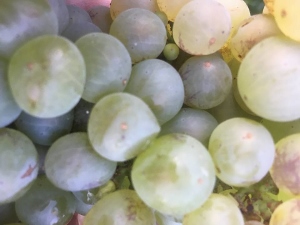
We noticed something else at most of our partners. The harvest was also very short, lasting just 3-4 weeks compared to 6 in a more normal year. Due to the lack of juice and the hot weather which lasted into September, most of the winemakers were worried about there not being enough juice, and therefore not enough wine. They therefore chose to pick the grapes as early as possible to try and make the most of what little juice there was before the grapes dried out further.
In the vineyards that were impacted by the frost earlier in the year, the grape skins were noticeably thicker, which meant that the winemakers had to adapt in a couple of ways. In the vineyard, they had to wait as long as possible to wait for the optimum maturity to be reached, and in the cellar they had to avoid extracting too much tannin and colour from the skins during the maceration period for the red wines.
In the cellar
Generally the winemakers are in agreement that the quality of this year’s vintage is very good due to the near perfect condition of the grapes at harvest time. Their good health and maturity also helped the fermentation to start well, meaning that the musts needed little work. The first tastings seem promising, even if there is still a long way to go.
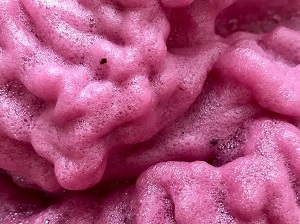
So despite a problematic year weather wise throughout France, we can rejoice in the overall quality of the 2017 harvest. Even if there wasn’t as much as we would have liked everywhere, the quality should shine through once the vinification and ageing have finished. We can’t wait to taste the 2017 wines!



